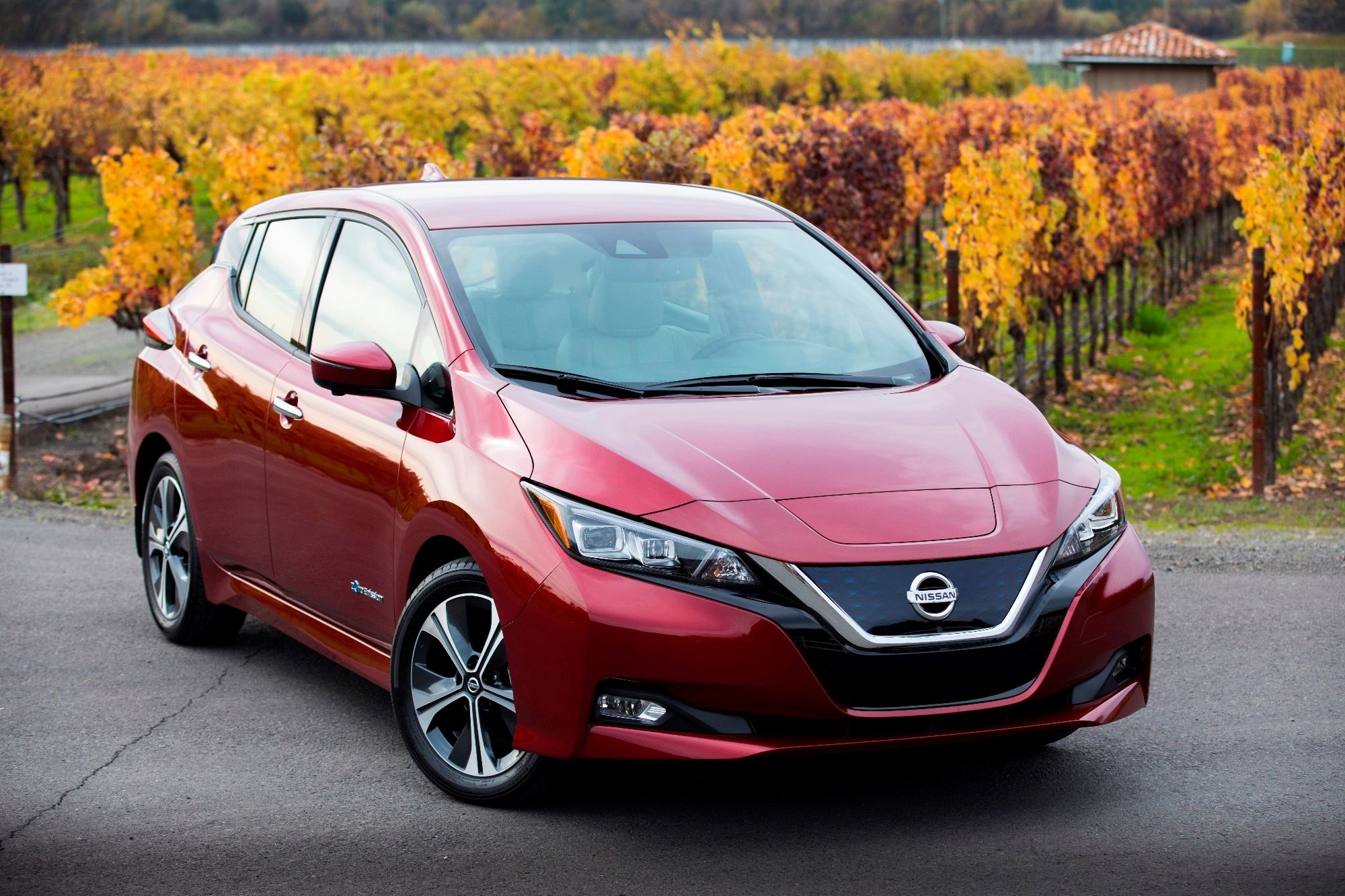
Thanks to higher development costs, electric cars command a higher price than traditional combustion-powered cars. Take the Hyundai Kona, for example. The regular gasoline model starts at $19,990, whereas the Kona EV costs nearly double that, with a starting price of $36,450. With the long-awaited introduction of the $35,000-Model 3, EVs are becoming more affordable. Currently, the most affordable EV on the market is the Nissan Leaf starting at just under $30,000, but the entry-level model's range leaves a lot to be desired. A longer-range Leaf E+ model is coming, but pricing hasn't been announced yet.
Research conducted by Morgan Stanley suggests the cost of batteries will continue to decrease, while the costs to make combustion engines more efficient to meet increasingly strict emissions regulations will continue to rise. As a result, Stanley thinks EVs will reach price parity with combustion cars in 2024. Nissan's global head of electric vehicles, Nic Thomas, thinks this could happen even sooner in the early 2020s, however.
"They estimate in 2024, in Europe, so where you have European emission regulations, you'll get a crossover where batteries will come down below US$100 per kilowatt hour, and the price of NOx and CO2 and these things which is driving up the price of petrol and diesel engines will crossover," Thomas told CarAdvice.
"We're actually more confident than that. We see in the products we're developing for the early 2020s, we would expect to see that crossover. There are many different factors involved in that. What that means is that the product we might be able to launch in the early 2020s will be a beneficiary of that lower price."
This doesn't mean the most affordable electric vehicle will be as cheap as the most affordable combustion-powered vehicle, however. Thomas believes that as the cost per kilowatt hours falls, "demand for bigger batteries is going up."
While the price of battery production is expected to fall, batteries rely on raw natural materials like nickel and lithium, meaning they are subject to market changes. According to JP Morgan, this means the price of raw materials will increase over time relative to the cost of a battery pack. "In fact, if total battery pack prices drop from $209/kWh to $100/kWh, but raw material costs stay the same, the raw materials cost would account for 56 per ent of the price, substantially higher than today's 27 percent," said Natasha Kaneva, head of metals research and strategy at JP Morgan.
